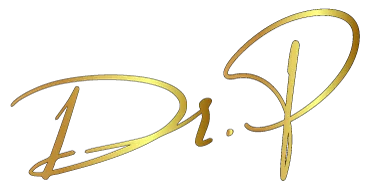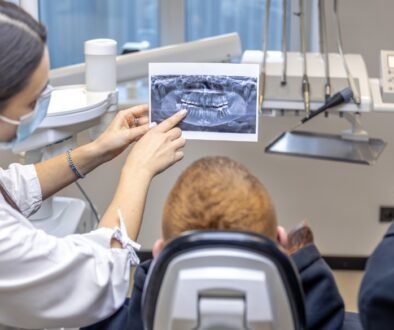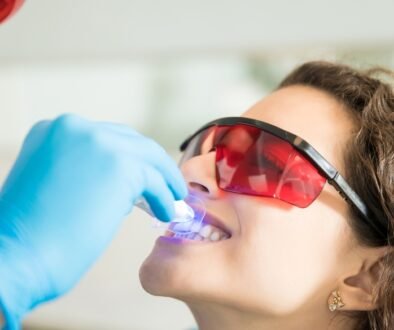Laser Dentistry or Traditional Dentistry? What You Need to Know Before Your Next Visit
Modern dentistry is evolving rapidly, with laser dentistry in Dubai gaining popularity for its precision, comfort, and quicker recovery times. But how does it truly compare to traditional methods? Should you stick to what’s familiar or embrace the latest dental technology?
Dr. Prashanth Balakesavan, known for combining skill with innovation, helps patients choose between laser vs. traditional dentistry, depending on their unique oral health needs. This blog discusses the differences, benefits, and when one may be better.
What Is Laser Dentistry?
Laser dentistry use concentrated light beams to carry out a variety of dental operations more precisely and with less discomfort. Lasers offer a less invasive alternative to drills and scalpels for gum reshaping, cavity removal, or root canal disinfection.
There are various types of dental lasers used in dental treatments:
- Soft tissue lasers – for gums and other soft tissues
- Hard tissue lasers – for teeth and bone
- Dual wavelength lasers – versatile for both hard and soft tissue applications
These devices allow dentists to target specific tissues with minimal impact on surrounding areas, reducing the need for anesthesia and promoting faster healing.

What Is Traditional Dentistry?
For most procedures, traditional dentistry relies on mechanical instruments like dental drills, scalpels, and sutures. These tools have been trusted for decades and remain effective, especially in specific complex or deep-rooted treatments.
Although highly reliable, traditional techniques often involve more discomfort, longer recovery periods, and a higher chance of post-operative swelling or bleeding.
Laser Filling vs. Normal Filling
One of the most common comparisons is laser filling vs. normal filling.
- Normal (traditional) fillings involve drilling to remove decay, which can be uncomfortable and require anesthesia.
- Laser fillings use light energy to remove decay with minimal heat, noise, or vibration. In many cases, anesthesia isn’t even necessary.
Patients often prefer lasers for their quieter and less intimidating experience, especially children or those with dental anxiety.
Benefits of Laser Dentistry
Here’s why many patients and professionals are switching to dental laser treatment:
Minimally Invasive – Less bleeding and swelling
Reduced Pain – Often no need for anesthesia
Faster Recovery – Quicker healing with less tissue damage
More Precision – Greater control in targeted areas
Lower Infection Risk – Laser sterilizes as it works
Great for Gum Treatments – Ideal for procedures like gingivectomy or gum reshaping

When Traditional Dentistry Still Matters
While laser dentistry is impressive, traditional dentistry still plays a critical role in many treatments. For example:
- Crown preparations or major tooth restorations may still require drilling.
- Not all dental lasers can remove metal or existing restorations.
- Some deep cavities or root structures are better treated with mechanical tools.
In such cases, Dr. Prashanth Balakesavan may recommend combining laser and traditional approaches for optimal results.
Are Laser Treatments Safe?
Yes. When performed by trained professionals, laser dentistry is safe and approved for various applications. Lasers are highly controlled and specific, so they reduce damage to surrounding tissues. Patient safety depends on proper diagnosis and experienced hands – two things you can expect with Dr. Prashanth’s care.

Which One Should You Choose?
Your comfort level, the necessary therapy, and your dental needs will determine the best option. Here’s a quick comparison between laser dentistry and traditional dentistry:
- Pain Level:
- Laser Dentistry: Minimal or no pain
- Traditional Dentistry: May require anesthesia
- Healing Time:
- Laser Dentistry: Faster recovery
- Traditional Dentistry: Longer healing time, often with more inflammation
- Equipment Used:
- Laser Dentistry: Uses advanced lasers
- Traditional Dentistry: Uses drills and scalpels
- Suitable For:
- Laser Dentistry: Ideal for soft tissue work, small fillings, and patients with dental anxiety
- Traditional Dentistry: Better suited for extensive work, large fillings, and crown preparations
- Infection Control:
- Laser Dentistry: Higher due to laser sterilization effects
- Traditional Dentistry: Moderate level of infection control
Still unsure? A consultation with Dr Prashanth Balakesavan will help determine the best option for your treatment goals and oral health condition.

Final Thoughts: Modern Care with a Personal Touch
Choosing between laser vs. traditional dentistry doesn’t have to be confusing. In many cases, the best outcomes come from blending both techniques, leveraging the comfort of lasers and the effectiveness of traditional tools.
Whether you’re considering laser filling, gum therapy, or general care, dental laser treatment in Dubai has never been more accessible. Dr. Prashanth offers expert guidance and cutting-edge care, ensuring your smile gets the best of both worlds.




